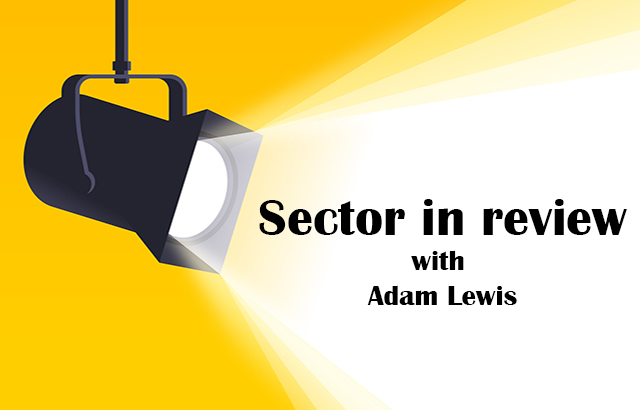Having been the most popular sector with retail investors in both 2015 and 2016, it would be an understatement to say the popularity of the IA Targeted Absolute Return (TAR) sector has taken a turn for the worse in recent years.
Having been the worst seller in net retail terms in both 2019 and 2020, year-to-date the beleaguered peer group has witnessed net outflows of some £1.73bn.
In July it was also announced that Abrdn was calling time on its Global Absolute Return Strategies (Gars) fund, a bellwether fund for the peer group which, at its peak, hit £27bn. However after years of underperformance assets fell to just £856m and, as a result, it is set to be merged into the group’s Diversified Assets suite of funds.
Designed to be all weather funds that can perform well irrespective of market conditions, are investors right to be avoiding the sector, or are there examples of funds doing what they say on the proverbial tin?
Ryan Hughes, investment director at AJ Bell Investments, said principally on the back of funds not being up to deliver on investor expectations, the sector has been a “mess” for a number of years.
“Too many funds have failed to live up to the marketing hype and therefore it’s little surprise to see the significant outflows over multiple years,” he said. “With returns on cash of around 5% now available to investors, there is a strong argument as to what is the point of using an absolute return fund at all.”
On top of this is the always contentious issue of fees which are typically very high in the sector, which Hughes said feels even more uncomfortable in the new Consumer Duty environment, while adding beating cash will likely prove to be a hurdle too high for most funds.
“We have never been big users of the sector, instead focusing on just a couple of funds that we felt had genuine skill and experience of running money with an absolute mindset that could potentially be uncorrelated rather than simply providing equity or bond beta in disguise,” he said.
More recently Hughes argued this has reduced to just one fund, the Tellworth UK Select fund, which follows a long/short equity approach and operates with net market exposure of close to zero.
“Manager John Warren has significant experience of managing this type of strategy and therefore understands how to manage the net and gross exposure which is crucial in this type of fund,” he said.
“Good funds are few and far between in the sector and in a world now focused on costs and performance expectations more than ever, I expect the sector to shrink back even further as investors focus on simple, low cost solutions that clients understand.”
Chris Metcalfe, chief investment officer at Iboss, said one of the reasons for using a TAR fund in the first instance is that it brings different ideas and strategies into the portfolios and can help reduce overall volatility.
“Many funds in this space can also use instruments we don’t have direct access to, such as put and call options,” he said. “One of our simple rules of thumb when it comes to assessing managers is whether they often achieve their investment goal most years.”
In the case of the Ruffer Diversified Return fund, which Iboss currently uses in the TAR space, Metcalfe said the answer is yes.
“The longer-term track record of the team is impressive, which is why we invested, but I think it is fair to say that, so far, 2023 has not been the year they would have hoped for,” he said.
“Their goal is to ‘achieve positive returns in all market conditions over any 12 months, after costs’, but we have seen over the years just how hard it is to constantly achieve these kinds of targets when the building blocks of the portfolio are risk assets in all their various forms.”
Despite the recent disappointment, Metcalfe noted the team have achieved their goal on the sister product, the Absolute Return fund, in nine out of the past 10 calendar years, and this has the same remit.
In addition to the Ruffer fund, Metcalfe said Iboss is bringing in the Ninety One Diversified Income fund for a similar reason, although the fund sits in the IA Mixed Investment 0-35% Shares sector.
“There is an inevitable blurring of the lines of our asset allocation when using cross-asset funds, but we feel the benefits outweigh any complications,” he said.








